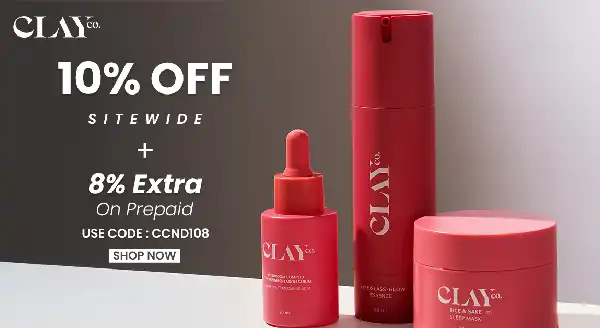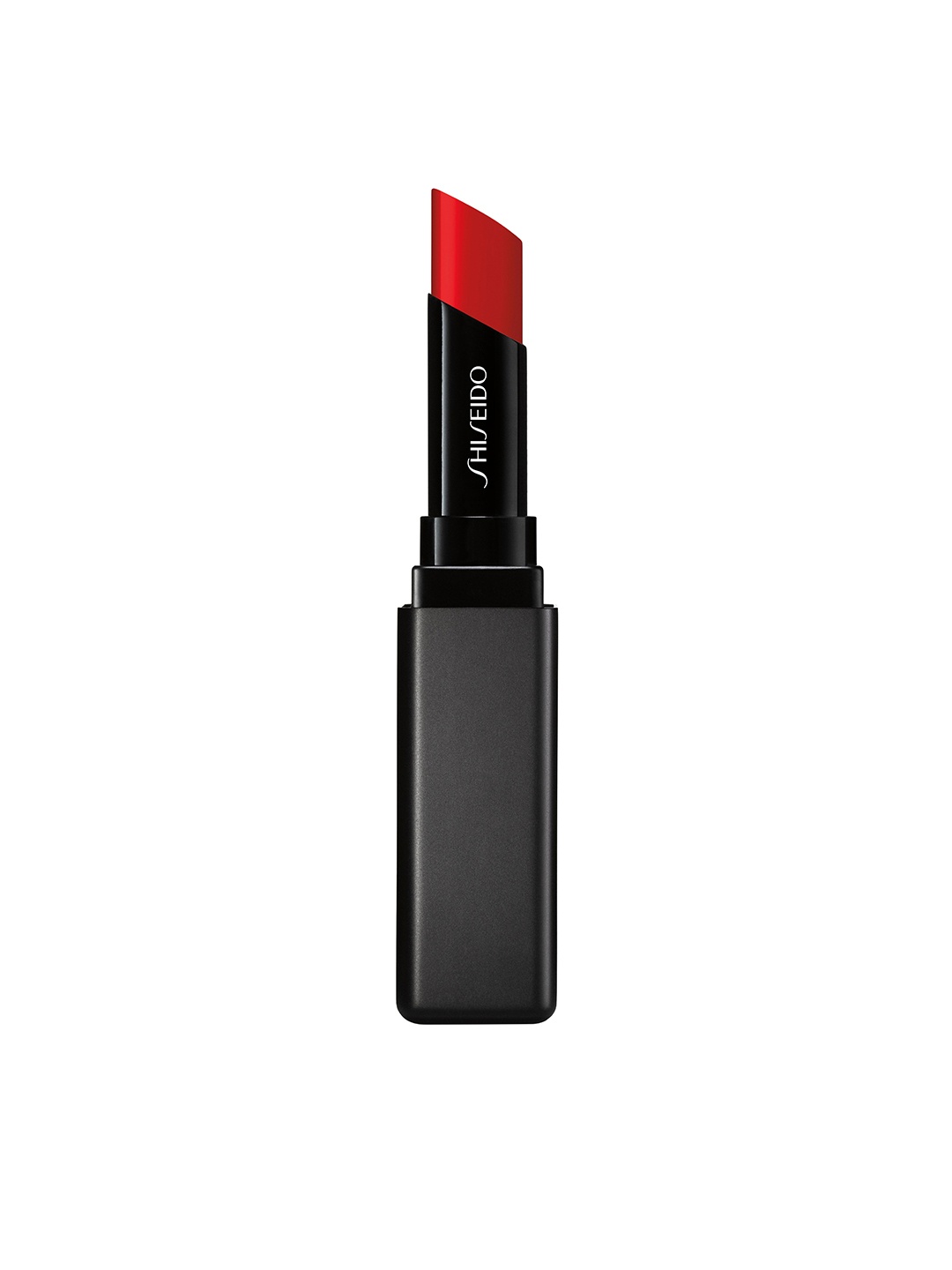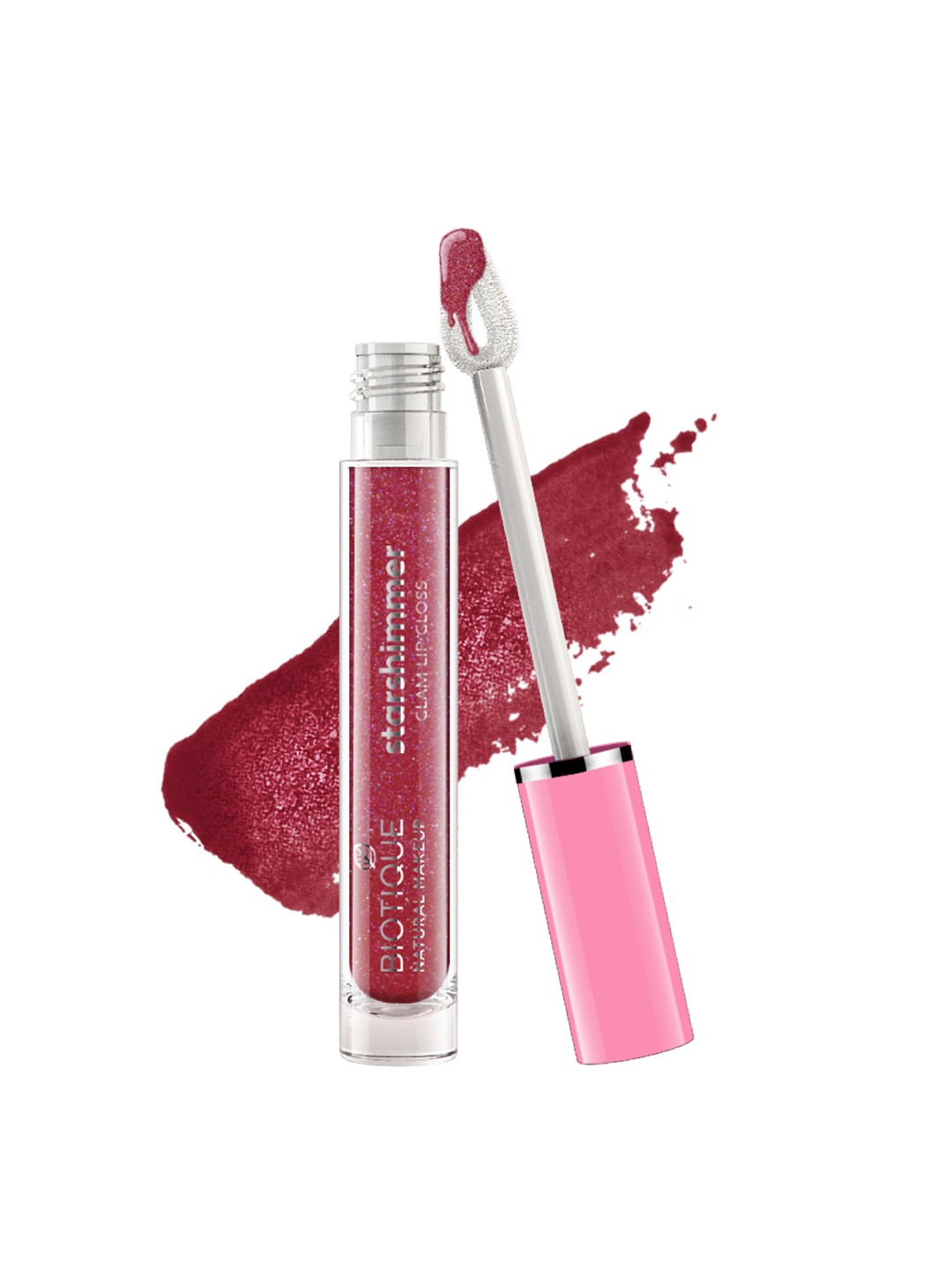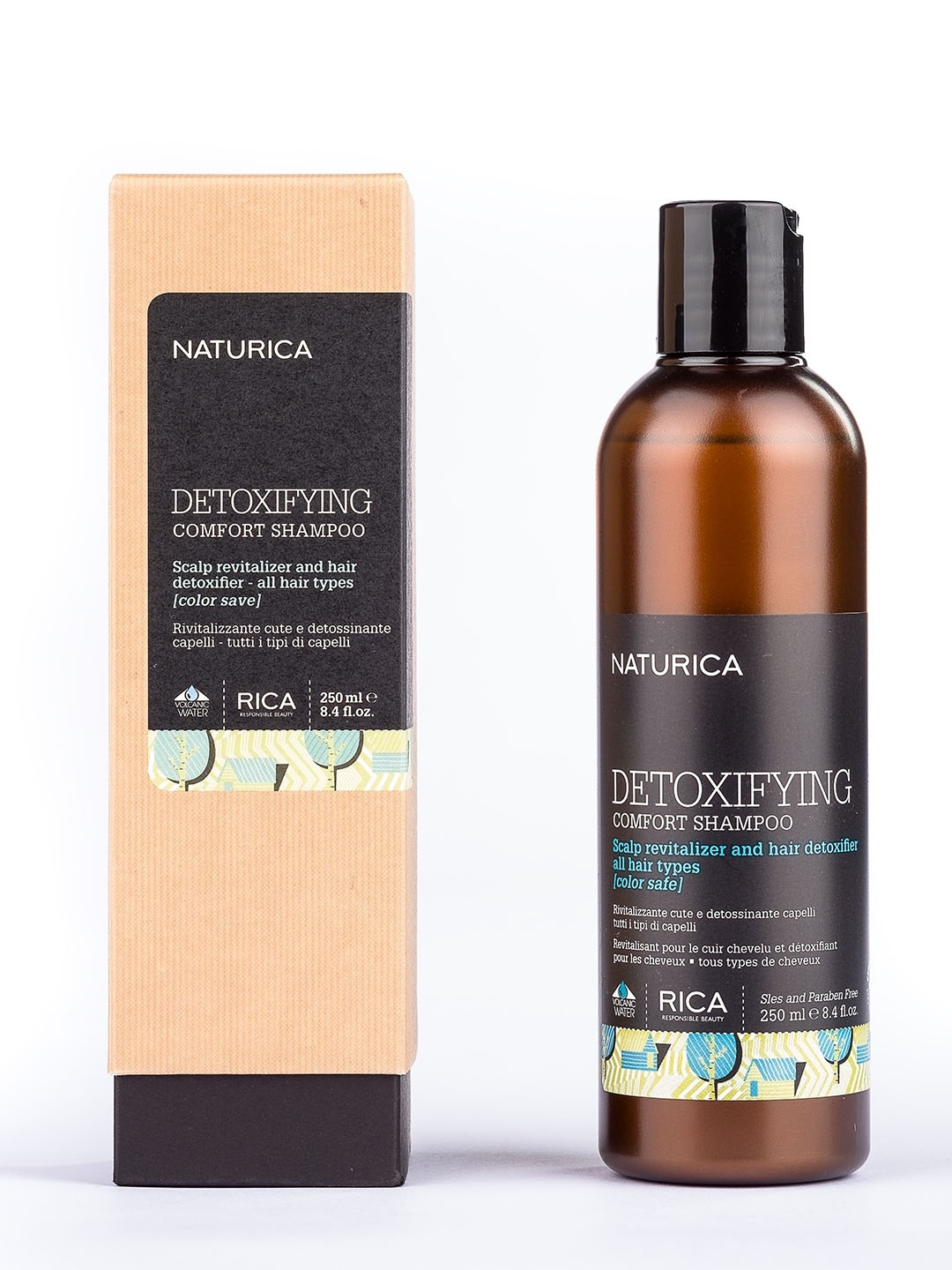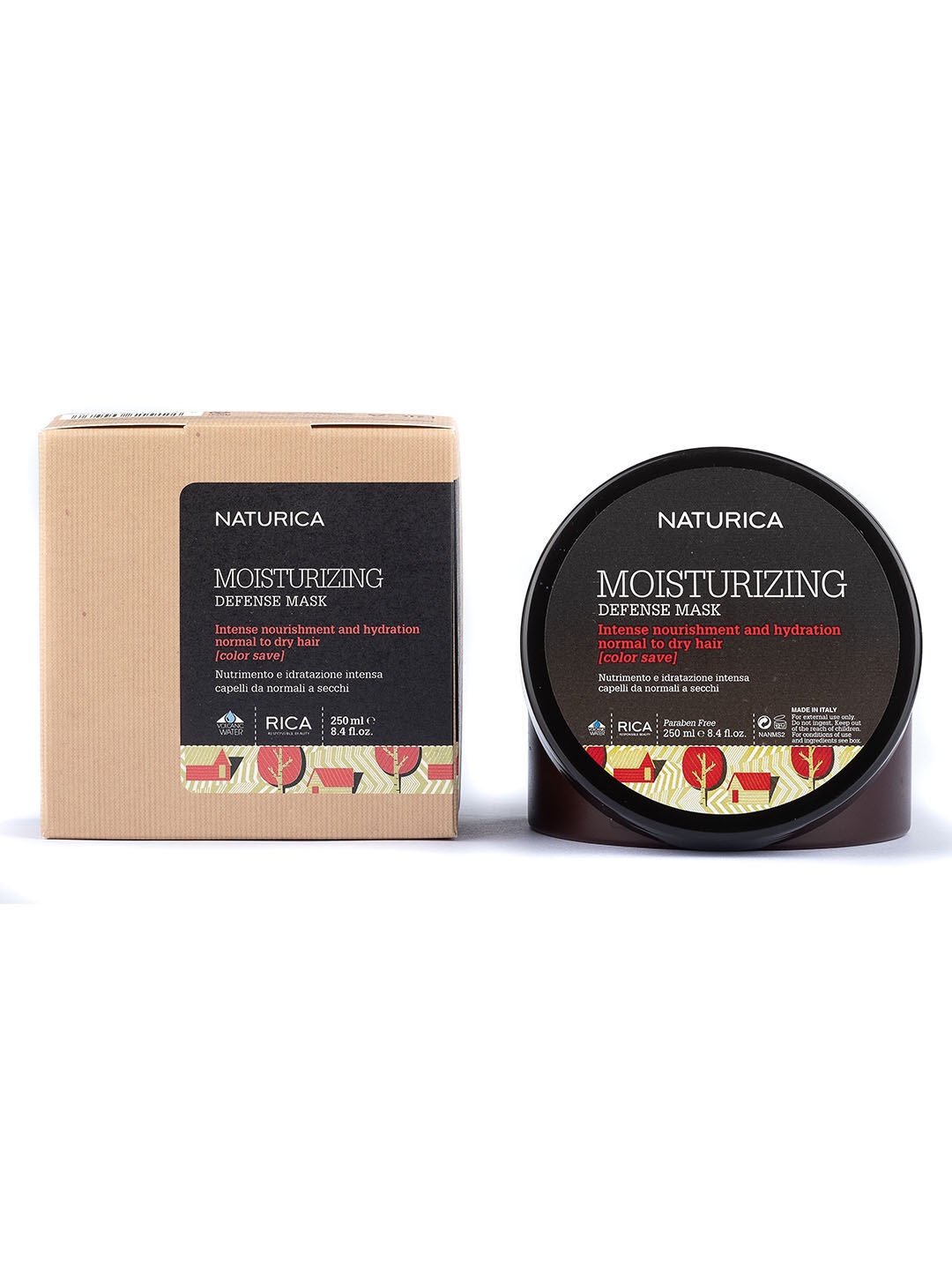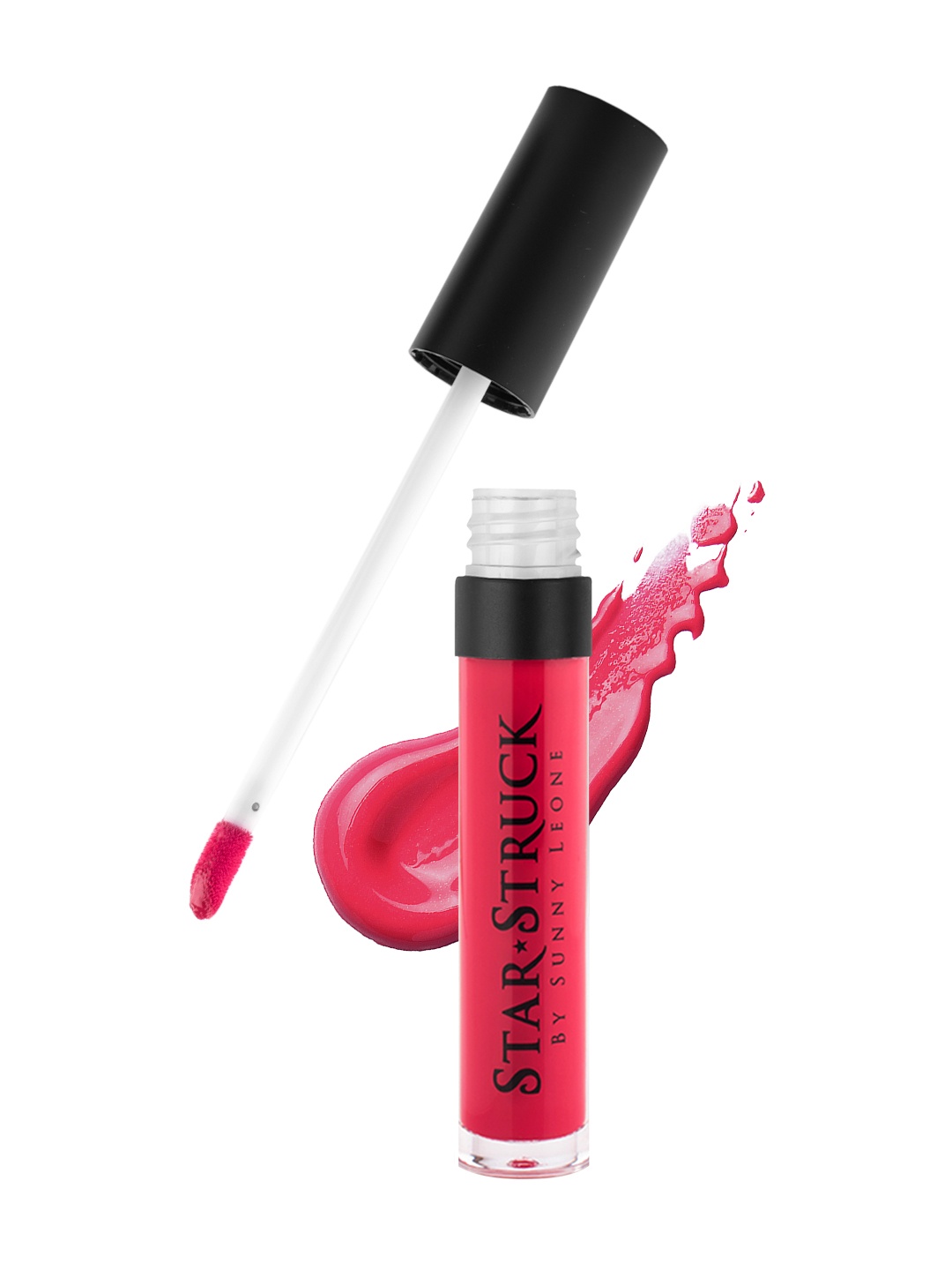Why Shaving Might Be Ruining Your Skin And What to Try Instead
That clean-shaven look might seem like the epitome of neatness, but for many, it comes at a steep cost, itchy bumps, razor burns and patchy skin. This is why shaving might be doing more harm than good, and what to embrace instead.

Happy Shave, Happy Skin: Address Problems, Achieve a Smooth, Healthy Look
There's something oddly satisfying about the smooth glide of a razor on freshly lathered skin. It's a ritual, a routine that's been passed down through generations, often viewed as the mark of grooming and self-respect. But while many swear by that sharp blade, countless others are quietly suffering in silence, itching, flaking, inflamed and frustrated. The pursuit of smoothness often ends up being a war against the skin itself.
The truth is, shaving isn't all it's cracked up to be. Beneath that polished surface lies a series of skin issues most people never link to their razors. If you've ever walked out of the bathroom with red blotches, a tight sensation, or mysterious bumps, the culprit might be lurking in your shaving kit. Let's dig deep into the everyday habit that could be harming your skin, and explore better alternatives that don't leave you sore, scarred, or second-guessing your skincare choices.
1. The Razor Burn Reality
It starts with a tingle, then a sting, and before you know it, your face feels like it's been introduced to a belt sander. Razor burn is as unpleasant as it sounds. Often mistaken for a minor irritation, it's actually a sign that your skin's outer barrier has been compromised. Think of it as your skin's way of waving a red flag and saying, 'Too much!'
This is especially common in regions with high humidity and dust. Pollution, sweat, and dirt cling to the micro-cuts left behind by shaving, inviting a host of problems. Razor burn can escalate into full-blown inflammation, especially if shaving is done in a hurry or with dull blades, a common scene during rushed Monday mornings.
So, next time that post-shave sting kicks in, it might be your skin's way of telling you to hit pause on the razor. Because no amount of aftershave can soothe a skin barrier that's been repeatedly sliced and stripped.
2. Ingrown Hair: A Silent Epidemic
It begins as a tiny bump, innocent-looking, almost like a pimple. But give it a day, and it transforms into a painful, angry little lump that refuses to leave. Ingrown hairs occur when shaved hair curls back into the skin instead of growing out. The result? Red, itchy bumps that look and feel worse than a teenage breakout.
Men with coarser or curly hair types are especially vulnerable. Add tight collars or hot weather into the mix, and you've got a breeding ground for skin drama. It's not just a cosmetic issue either; ingrown hairs can become infected, leading to scarring or even pigmentation.
While salons often recommend scrubs and peels, prevention is better than cure. Reducing the frequency of shaving or switching to gentler methods can be a game changer. Because let's face it, no one wants their jawline to resemble a battlefield of bumps.
3. The Hyperpigmentation Trap
Here's the part most people don't talk about enough, how repeated shaving can lead to dark patches on the skin. It's more common than one might think. Shaving often causes subtle abrasions that trigger the skin's natural healing response. And in melanin-rich skin, that healing process often means increased pigmentation.
Many are left wondering why their neck or cheeks have suddenly developed uneven tones. They buy expensive creams, visit dermatologists, and yet miss the root cause, constant shaving. This effect is particularly noticeable around the beard area and jawline, where the razor repeatedly drags across sensitive skin.
And let's not even get started on the myths floating around, no, it's not just sun exposure. If your skin has started to look patchy and you're still loyal to that blade, you may want to rethink your loyalty.
Also Read: Top 5 Epilators That Remove Hair From the Root and Save You Salon Trips
4. It's Stripping Away Natural Oils
Our skin isn't just a passive surface, it's a living, breathing shield that works round the clock to protect us. Every time a razor glides across it, not only does it remove hair, but it also takes away the thin layer of natural oils that lock in moisture.
This might not seem like a big deal initially. But over time, that repeated stripping causes dry patches, sensitivity, and even flaking. The skin starts to feel tight post-shave, especially when no proper aftercare follows.
In cities where the weather is unforgiving, be it the dry heat of Rajasthan or the sticky summers of Chennai, stripping your skin of its natural defences can be disastrous. Opting for methods that preserve your skin's moisture barrier is key. Because let's be honest, what's the point of smooth skin if it feels like a parched desert?
5. Allergic Reactions and Sensitivity
Not all skin types respond to shaving the same way. For some, even the most expensive razor feels like sandpaper. If your skin turns red, itchy or develops rashes post-shave, you might be dealing with contact dermatitis or a mild allergic reaction.
The culprits? Shaving creams loaded with artificial fragrances, harsh alcohol-based aftershaves, or even the metal in razor blades. And let's not forget the fungal and bacterial infections waiting in the wings if razors aren't stored or cleaned properly.
So, before you blame your 'sensitive skin', consider this: maybe it's not your skin that's the problem, but what you're putting it through. Alternatives like Ayurveda-inspired oils or fragrance-free creams could offer relief without inviting inflammation.
6. The Psychological Toll of Skin Struggles
Skin issues don't just stay skin deep. Whether it's the embarrassment of bumpy cheeks at a job interview or skipping social events to hide rashes, the emotional weight of chronic shaving-related issues is real.
There's immense pressure, especially for young professionals and college-goers, to appear well-groomed. And in a culture where appearance often influences perception, visible skin problems can be a confidence killer. It can make people second guess themselves, feel awkward in close conversations, or shy away from photos.
Switching to a gentler grooming method is not just a cosmetic choice, it's a form of self-care. And at the end of the day, confidence doesn't come from being hairless. It comes from being comfortable in your own skin, literally.
7. Better Alternatives: What You Can Try Instead
Thankfully, we're not stuck in a world where razors are the only option. The grooming aisle has expanded, and so should our choices. For starters, there's trimming. Electric trimmers don't scrape the skin like razors do, yet they keep facial hair neat and tidy. They're ideal for those who want to maintain a clean look without inviting skin issues.
Then there's depilatory creams made for sensitive skin. Some newer formulas are infused with aloe vera or turmeric, minimising irritation. Just make sure to do a patch test!
For those who want long-term solutions, laser hair reduction is gaining popularity, especially in metro cities. While it's an investment (₹2,000–₹4,000 per session), it pays off in the long run, fewer grooming sessions, smoother skin, and less drama.
8. Natural Remedies That Actually Work
Not everything good for your skin comes in a bottle. Some of the best alternatives to shaving can be found right in your kitchen. Turmeric, for example, has natural anti-inflammatory properties. A weekly turmeric and milk paste not only helps reduce facial hair over time but also soothes the skin.
Gram flour (besan) masks, often mixed with curd or rose water, are another age-old remedy. These masks gently exfoliate and pull out tiny hair strands, all while nourishing the skin. It's the kind of care our grandmothers swore by, and rightly so.
Even simple practices like steaming the face before any grooming session can open up pores and make hair removal less aggressive. These rituals might take a few extra minutes but offer results that are gentler, more sustainable, and far more skin-friendly.
9. Building a Skin-Safe Grooming Routine
It's not just about what you use, but how you use it. Start by softening the skin with warm water before any hair removal session. This helps in loosening hair follicles and reduces friction. Always use clean tools, razors, trimmers, or even tweezers should be disinfected regularly.
Post-hair removal, always hydrate. Not with heavy colognes or alcohol-laced aftershaves, but with calming gels like aloe vera or lightweight moisturisers with hyaluronic acid. And if you're stepping out, don't skip sunscreen, even on cloudy days.
One small change in your routine today can save you from months of skin stress later. Think of it as an investment, not just in your appearance, but in your comfort and confidence.
10. When to Seek Professional Help
Sometimes, no matter how careful one is, skin issues persist. In such cases, it's wise to consult a dermatologist rather than chase online trends or DIY hacks. Persistent bumps, dark patches or recurring infections could be symptoms of something more than just a shaving reaction.
Cosmetologists and skin specialists today offer tailored solutions that combine technology with personalised care. Whether it's chemical peels, prescription creams or even dietary changes, they provide an expert roadmap to healthy skin.
A ₹1,000 consultation could save you thousands in ineffective products, and countless moments of self-doubt. Taking that first step toward professional care is often the turning point from frustration to freedom.
Shaving Problems? Here Is Why Your Skin Is Suffering and What You Can Do About It; Photo Credit: Pinterest
Products Related To This Article
1. PLUSS All Body Hair Removal Shaver For Woman Cordless Epilator (Multicolor)
2. URBANYOG Facial Hair Remover for Women Painless Epilator for Silky Smooth Skin Cordless Epilator (Gold)
3. Braun Face Mini Hair Remover FS1000 Cordless for Women Cordless Epilator (White)
4. VGR V-722 Professional 2in1 Cordless Epilator (White, Green)
5. PHILIPS BRE245/00 Corded Epilator (White, Green)
In a world obsessed with smoothness and symmetry, it's easy to overlook what our skin is trying to say. The humble razor, long seen as a grooming essential, might just be the silent saboteur behind many common skin problems. But the good news? There are better, kinder options out there.
By rethinking old habits and exploring alternatives, it's possible to achieve both a well-groomed look and happy, healthy skin. After all, grooming shouldn't hurt. It should heal, uplift, and most importantly, feel good.
So the next time that razor glints at you from the bathroom shelf, pause. Your skin deserves a little more love and a lot less friction. Shop now on Flipkart.
Disclaimer: The images used in this article are for illustration purpose only. They may not be an exact representation of the products, categories and brands listed in this article.










